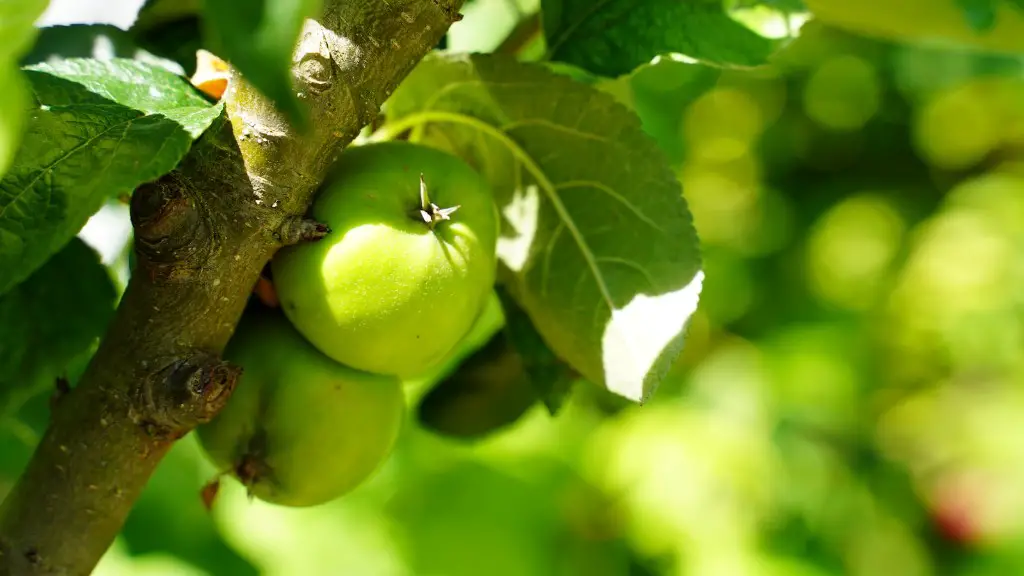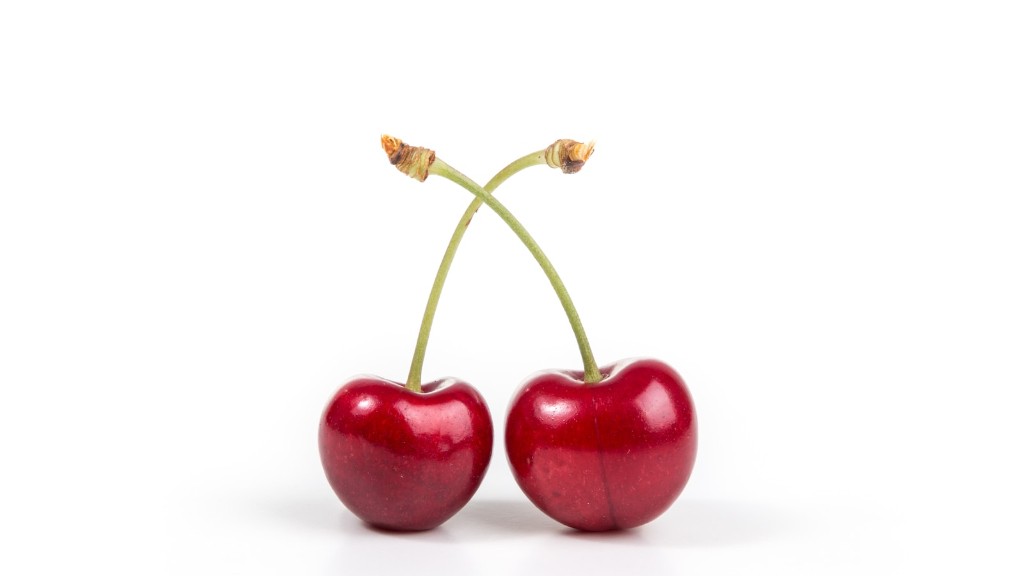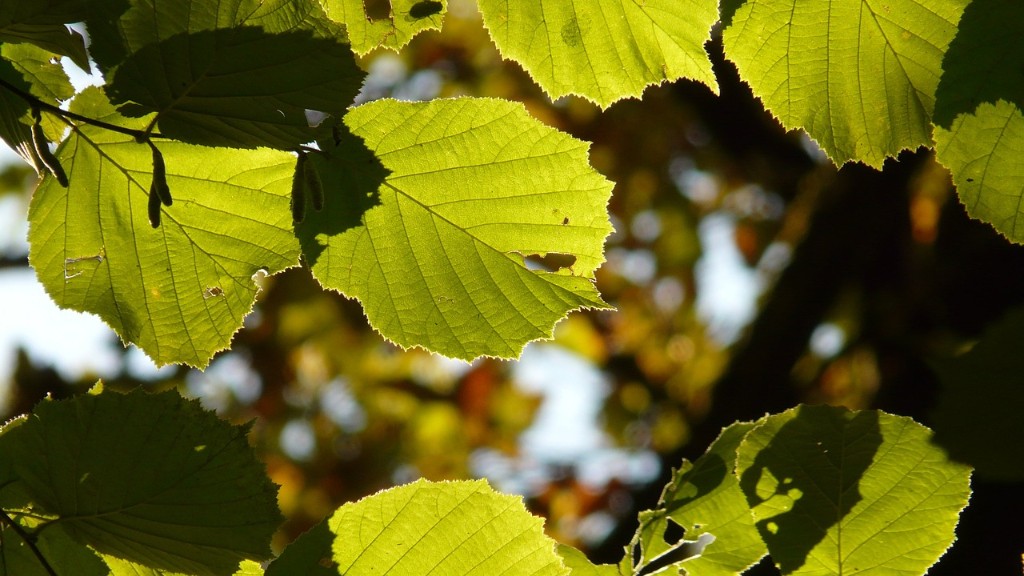The white sticky stuff on an apple tree is not a common sight. It can be very concerning for those not well informed on the topic. It is, however, the result of something known as the Apple Erineum mite. These tiny mites lay their eggs on the leaves of apple trees and the resulting secretions from their bodies can create the white sticky stuff.
This stickiness can be quite harmful to the apple tree. In fact, the stickiness can interfere with the trees’ ability to photosynthesize by blocking sunlight. The blocked sunlight also affects the leaves’ ability to absorb nutrients. In addition, the sticky substance can interfere with air flow and potentially hinder the growth of the tree.
Untreated, the sticky stuff may eventually form a hard coating on the leaves. This coating can further impede the growth and development of the tree. If the sticky stuff persists, the leaves may turn yellow or brown, and the leaves may begin to fall off.
If the sticky stuff is found on an apple tree, it is important to address the issue. A good first step is to identify if Erineum mites are present on the leaves. From there, chemical controls, such as spray insecticides, are available to treat the affected leaves. Those without access to chemicals may try to remove the affected leaves from the tree.
The white sticky stuff from Erineum mites on an apple tree is cause for serious concern. Handling the issue properly can help to preserve the health and quality of the tree and its future fruit.
How to Manage Apple Erineum Mite
A good way to manage an Apple Erineum mite infestation is to remove the affected leaves. However, if the infestation is pervasive, additional steps may be necessary. Generally, a two-pronged approach involving chemical control and mechanical control is most effective. Chemical control may include the use of natural insecticides or synthetic insecticides.
Natural insecticides, such as horticultural oils, insecticidal soaps, or neem oil, can be used to kill the mites. Synthetic insecticides may also be used, but must be applied carefully and according to the instructions on the product label. When using chemical controls, it is important to read and follow label directions to ensure proper safety, application, and handling.
Mechanical control of Apple Erineum mites can involve pruning. Remove branches from the tree that are heavily infested and bag them. Also consider carefully washing the leaves of the tree with a strong stream of water to remove mites and eggs. Dispose of the bagged branches properly, and if the tree requires severely pruning, speak with a professional arborist.
Another technique which may help is to place sticky barriers, such as fly tape, around the trunk and leaders of the tree. This will stop the Erineum mites as they attempt to travel upwards on the tree. Finally, plants nearby the planted apple tree may also be a source of Erineum mites, so check the other plants in the area to ensure no signs of infestation.
What Are the Signs of Erineum Mite Infestation?
Apple Erineum mites can create noticeable signs of infestation on the tree. Generally, these signs are small, white bumps on the underside of the leaves, branches, or even in the bark. These bumps are created by the Erineum mites, which lay their eggs inside the protuberances. They can also lead to the white sticky stuff which may be seen on the leaves or the tree’s bark.
In addition to the physical evidence, it is not uncommon for the affected apple tree to experience a lack of vigor or obvious signs of distress. The tree may also have an abundance of light green or yellow leaves, or leaves may be dropping off prematurely.
Finally, the white sticky stuff may be accompanied by a cottony or woolly material. This material may appear white, gray or yellow, but can be brushed off or removed. In addition to the obvious physical signs of infestation, it is also important to pay attention to less visible effects, such as the blocked sunlight and potential for air-flow issues.
What Are the Potential Harms of Erineum Mite?
The potential harms of an Apple Erineum mite infestation are considerable. As stated, the mite can create a sticky, white secretion that blankets the leaves, which can interfere with the photosynthesis process and the absorption of nutrients. This interference can severely hamper the growth and success of the tree.
In addition, the mite feeds on the sap of the tree, as well as various tissues, creating lesions and increasing the likelihood of fungal or bacterial infections. These infections are caused by the already weakened tree, and can result in additional damage or even the death of the tree.
Finally, the mites themselves can create stress and prematurely age the tree. Overall, the presence of the Apple Erineum mite can bring about a number of potential harms, some of which may lead to very serious consequences for the apple tree.
How to Help Prevent Erineum Mite Infestations
When it comes to preventing Apple Erineum mite infestations, there are several steps that can be taken. Firstly, it is important to inspect the tree regularly for signs of infestation. In addition, controlling other insects that may assist in spreading the mites can help prevent their proliferation. The use of beneficial insects, like ladybugs, can also help reduce the prevalence of Erineum mites.
Another preventative measure is the use of a horticultural oil spray. The oil can help to suffocate the mites and their eggs, preventing them from reproducing. Also, applying a generous layer of mulch around the tree can help to reduce the number of mites and eggs that survive the winter season.
Finally, it is important to select varieties of apple trees that are tolerant to the Apple Erineum mite and to provide the tree with proper care, such as providing adequate fertilization, controlling weeds, and providing enough water to the soil.
What Are the Benefits of Erineum Mite Control?
The primary benefit of controlling an Apple Erineum mite infestation is the preservation of the apple tree. Once addressed, the tree is no longer subject to physical, chemical, or mechanical damage caused by the mites. As such, the tree will be more likely to develop robust and healthy growth and development.
In addition, the tree will be better able to photosynthesize, absorb and retain nutrients, and regulate air flow. With proper and regular care and maintenance, a tree that has previously experienced an Apple Erineum mite infestation may eventually produce high quality fruit.
Finally, controlling the mites can help protect other plants and trees in the area. Erineum mites can spread to other host plants, and controlling them on the initial infestation can help prevent further spread of the pests.





